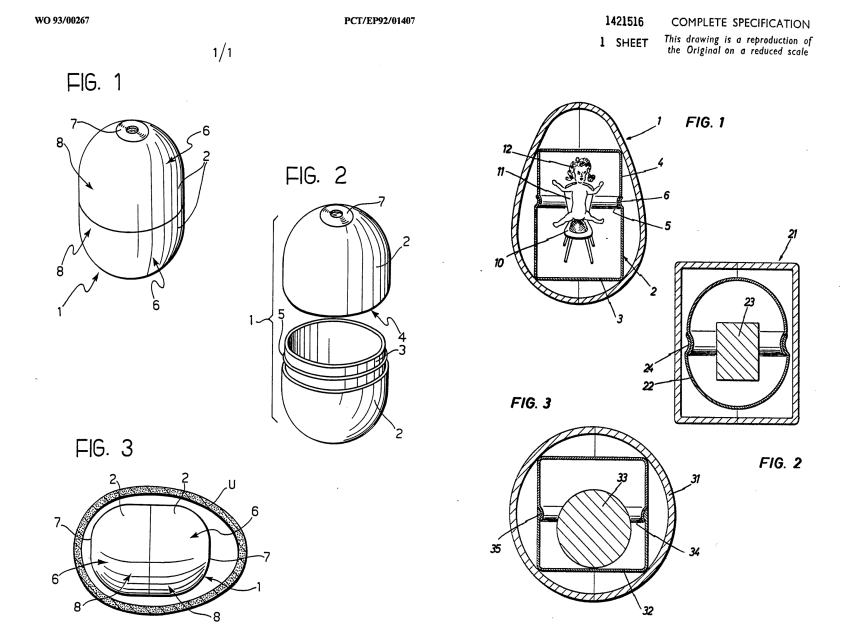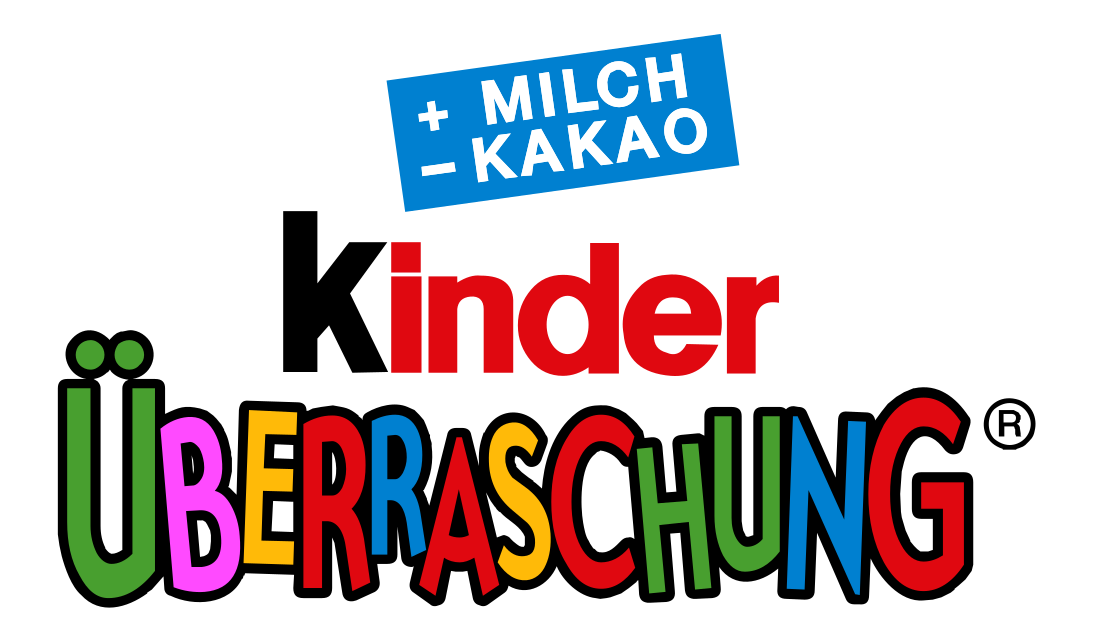The Great Kinder Surprise Ban: A Tale of Innovation Through Regulation
How a chocolate egg's run-in with a 1938 law led to an unexpected product innovation success story
Remember that feeling of carefully unwrapping a Kinder Surprise egg, wondering what tiny treasure lay within that mysterious yellow capsule? If you grew up in the United States, probably not.
But here's a surprising twist: The infamous "Kinder Egg ban" wasn't actually about choking hazards, as most people believe. The real story is far more interesting, and it teaches us something fascinating about innovation under constraints.
But first: Was the Kinder Surprise egg really banned in the USA?
Yes it was.
The Kinder Egg was banned in the United States for a while because of the small toy inside. The ban was later lifted, but the product had to be modified to meet safety regulations before it could be sold again.
But it wasn’t because of the choking hazard.
Kinder Eggs are not allowed in the US because they have a small plastic capsule with a toy inside. The law from 1938 says that such products are not permitted to be sold or brought into the country. The specific explanation of the law is that it prohibits confectionery that contains non-food objects.
So the egg was banned because of the law on “non food items” and perhaps not because of the choking hazard.
So what was the response?
Kinder's response serves as a good reference case study in innovation and adaptability. Instead of resisting the bans or discontinuing the product, Kinder took a proactive approach. They recognized the need to maintain their brand's legacy while addressing safety concerns.
Kinder underwent a product redesign. They introduced a new, safer format for their toys, ensuring that they met stringent safety standards without compromising on the element of surprise. The redesigned toys were larger and specifically designed to minimize choking hazards.
The solution they came up with was Kinder Joy, a debatably brilliant response to the ban that has become a success story in its own right.
Kinder Joy retained the core essence of the Kinder Surprise: the joy of discovering a surprise inside a delicious chocolate treat. However, it introduced a clever twist by separating the toy from the chocolate. Instead of having the toy enclosed within a chocolate egg, Kinder Joy offered a two-sided package. One side held the creamy chocolate with a spoon for scooping, while the other contained a fun toy to play with.
This strategic move addressed the safety concerns head-on. By separating the toy from the chocolate, Kinder ensured there was no “non-food item” while still delivering a delightful experience. Moreover, the format change provided an opportunity for Kinder to introduce a broader range of toys and interactive experiences, making Kinder Joy even more appealing to children.
The Innovation Recipe:
Split the product physically - one half chocolate, one half toy
Technically comply with the 1938 law
Keep the core "surprise" element intact
Add a spoon (because why not make it fancy?)
But Kinder didn't stop there. In true 21st-century fashion, they went digital. They developed an app where kids could virtually "unwrap" their Kinder Surprise eggs. It's like they said, "If we can't give you a physical surprise, how about a digital one?"
The Ironic Success Story Here's the kicker: Kinder Joy became a massive success story in its own right.
What Can We Learn?
Regulations aren't always roadblocks - sometimes they're innovation catalysts
The best solution might not be fighting the system, but working around it
When life gives you a 1938 law, make a split-egg product.
Kinder's response to the ban on Kinder Surprise eggs exemplifies how innovation and adaptability can help a brand overcome challenges. By redesigning their product, embracing technology, and promoting responsible consumption, Kinder not only addressed safety concerns but also strengthened their brand's reputation. This story reminds us that even in the face of adversity, innovative solutions can lead to positive outcomes for both consumers and businesses.
The Future of Surprise Today, Kinder Joy stands as a testament to innovative problem-solving. They took a decades-old regulation and turned it into an opportunity for reinvention. Though personally, I don’t like Kinder Joy at all, I do have to admire the ingenuity.
Perhaps the real surprise isn't what's inside the egg, but how a seemingly restrictive regulation led to an entirely new product category.
What do you think? Are you team Original Surprise or team Joy?
P.S. For those wondering - yes, you can still get the original Kinder Surprise eggs in many other countries. Just remember: attempting to smuggle them into the US could lead to a fine of up to $2,500 per egg. That's one expensive chocolate surprise!




The change sucks... The old version was much much better...